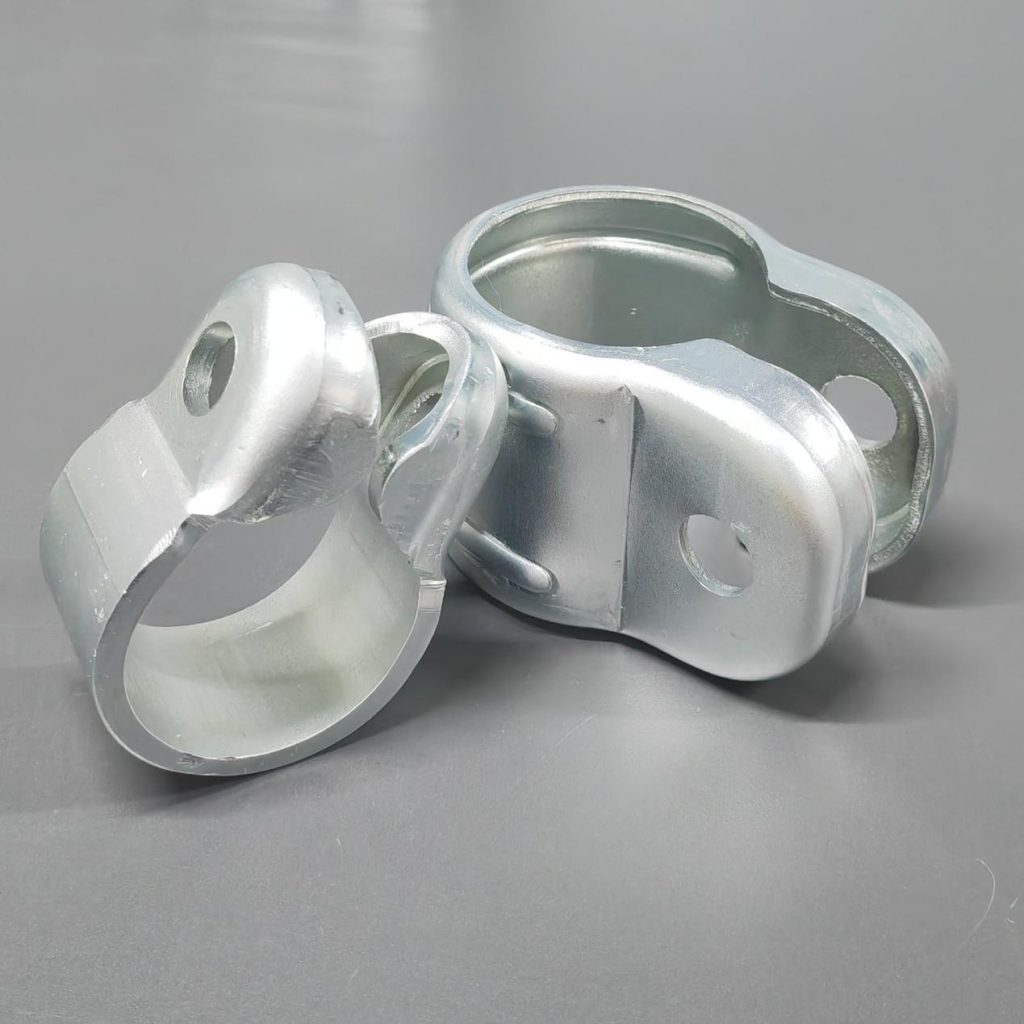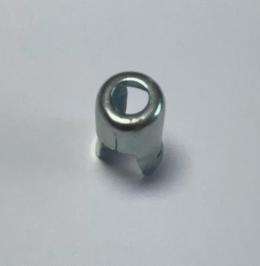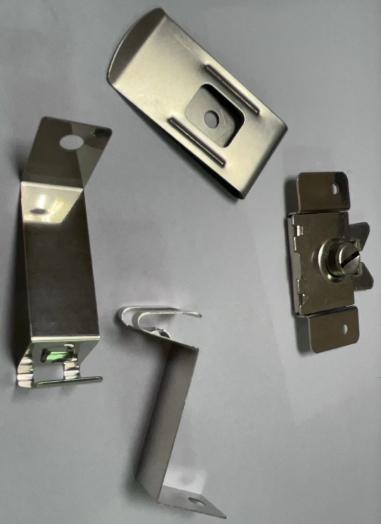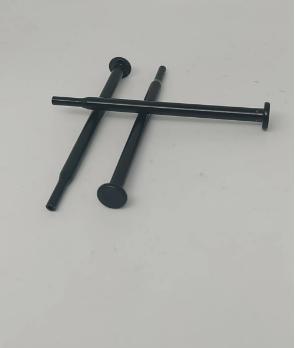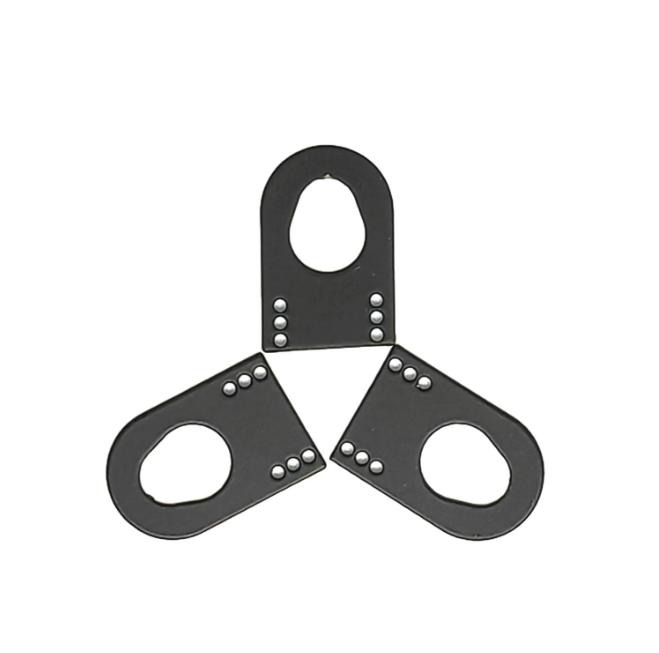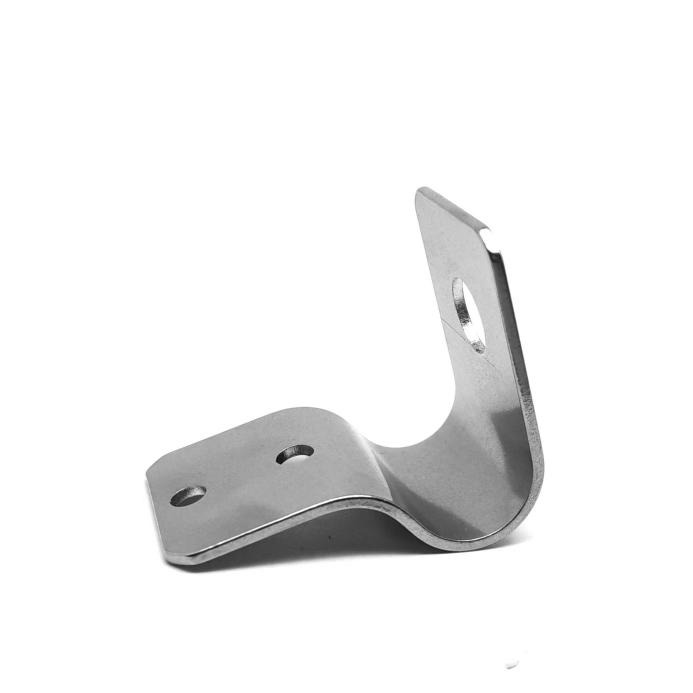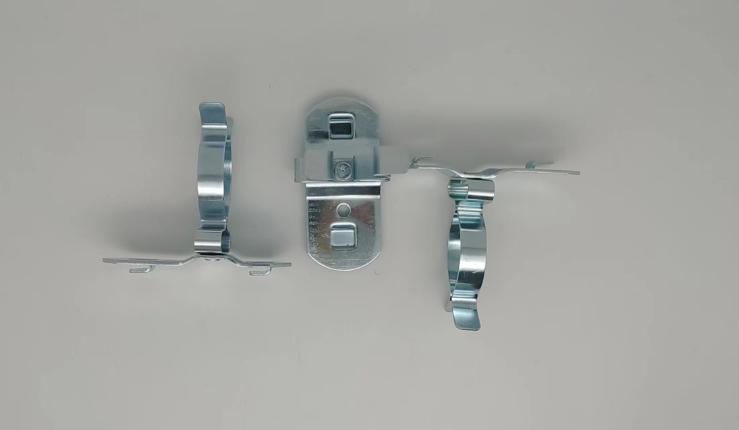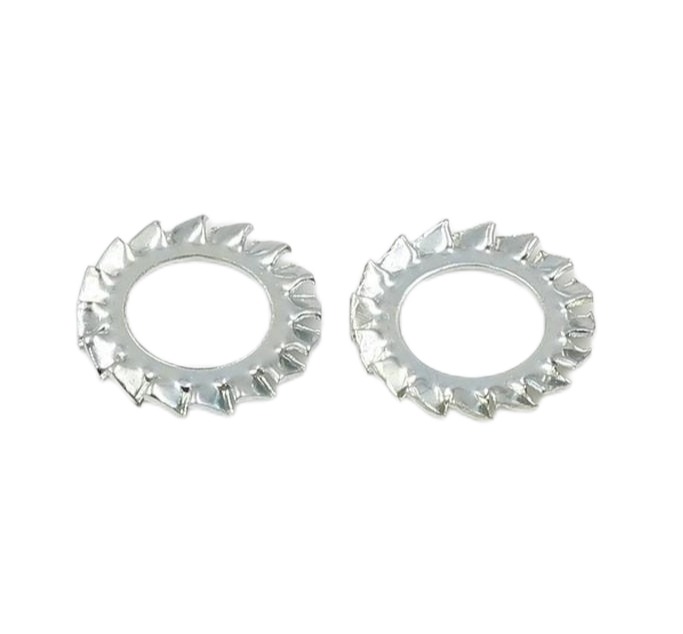What are 3 Major Development Trends of Metal Stamping Mold Technology
Metal stamping molds are the key equipment for metal stamping. The quality, accuracy, and production efficiency of metal stamping are all determined by the mold. The development of metal stamping dies is closely related to the development of the metal stamping industry. In this article, we will explore the three major trends in the development of metal stamping die technology, as observed in the industry.
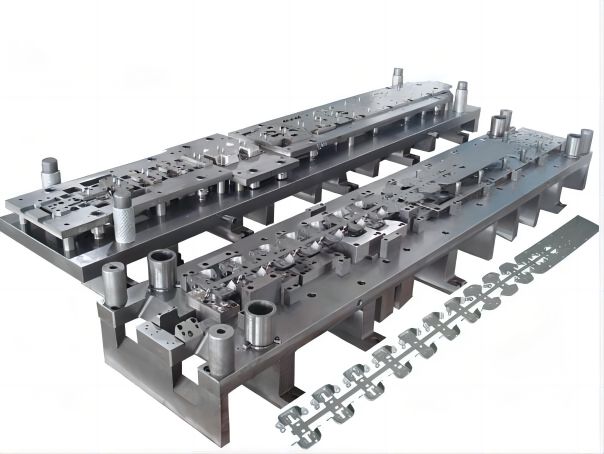
Streamlining Stamping Mold Testing Processes
The conventional approach to mold testing involves the use of a manual hydraulic press, resulting in prolonged testing times and suboptimal accuracy. However, advancements in technology have led to the creation of high-speed hydraulic testing presses and tensile mechanical testing presses, significantly reducing the time required for mold testing. This reduction can be as much as 80%, particularly in cases involving mechanical presses.
The evolving trajectory in mold testing mechanical presses is towards the adoption of multi-link tensile presses. These presses are equipped with state-of-the-art numerical control hydraulic tensile pads and boast functionalities such as parameter setting and status memory. This trend represents a significant leap forward in enhancing efficiency and precision in mold testing processes.
Swift Advancements in Progressive Metal Stamping Mold for Automotive Body Manufacturing
Progressive dies, a subtype of multi-station dies, exhibit the capability to execute numerous operations on a single sheet of metal, making them a prevalent choice in the automotive body manufacturing sector.
In recent times, there has been rapid progress in the development of progressive dies within the automotive body manufacturing industry. These dies are now employed to directly process large-sized parts and stretch sheet metal components. Notably, this eliminates the need for subsequent processes like sheet metal cutting, oiling, and blank transportation, which are imperative for the production involving multi-station presses and sets of molds.
The advantages of progressive dies include heightened production efficiency and reduced mold costs. In comparison to progressive dies utilized on multi-station machines, they can result in savings of up to 30%.
Integrating IT Technology for Metal Stamping Mold Design and Manufacturing Advancements
The ongoing enhancements in press speed, precision, and mold change efficiency have significantly propelled the evolution of molds.
Within the realm of automobiles, the body and engine stand out as pivotal components. Notably, automotive body molds, particularly those for large and medium-sized covers, demand a high level of technical expertise, serving as a barometer for contemporary mold technology. They play a crucial role in the landscape of automotive body manufacturing technology.
The design and fabrication of automotive body molds constitute approximately two-thirds of the entire automotive development cycle and emerge as a primary bottleneck in the vehicle replacement process.
Currently, the integration of IT technology in the mold industry has compressed the typical automobile replacement cycle in the United States from 60 months to 30 months.
CAD/CAE/CAM three-dimensional solid software designed for automotive cover molds has gained widespread adoption in the mold industry. This software proves instrumental in significantly enhancing the precision and efficiency of automotive body mold design.
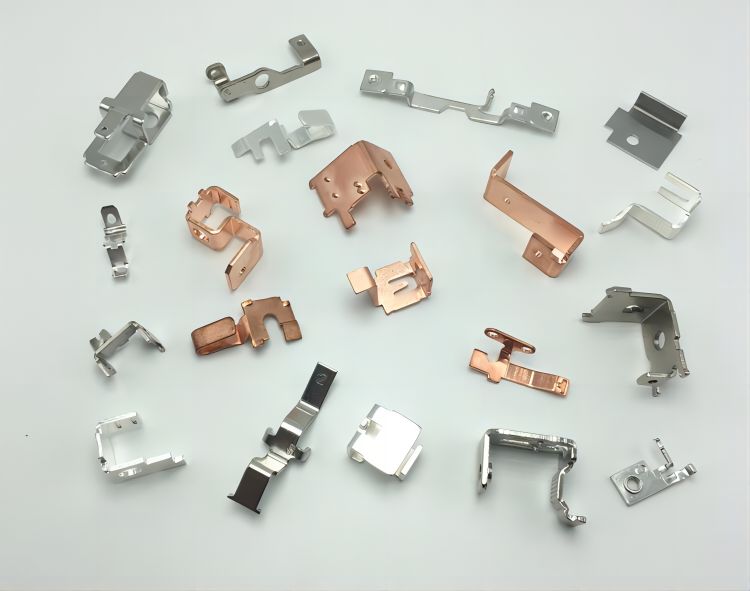
In addition, the widespread use of network technology has p
rovided a reliable information carrier, realizing remote design and remote manufacturing. The application of virtual manufacturing and other IT technologies will also promote the development of the mold industry.
In conclusion, the development of metal stamping molds is closely related to the development of the metal stamping industry. The three major characteristics of the development of metal stamping molds mentioned above will continue to promote the development of the metal stamping industry in the future.

